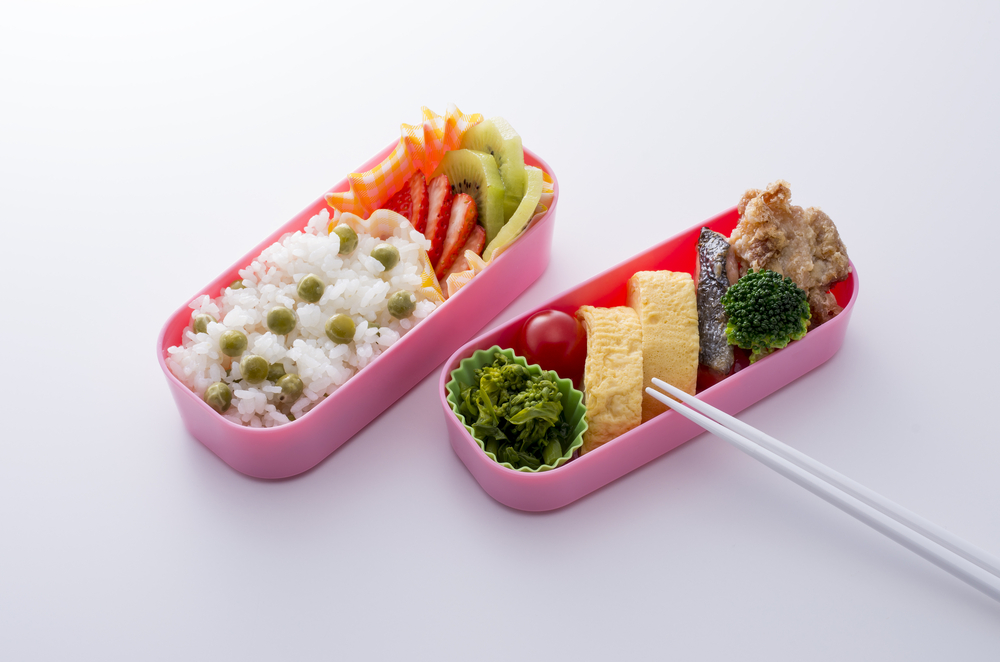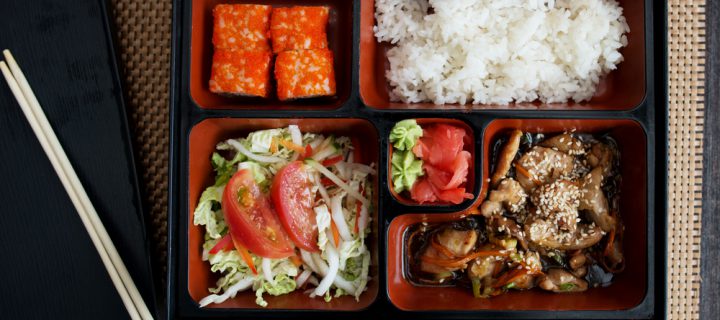The words ‘school cafeteria lunch’ for kids living in North America evoke images of shapeless, tasteless piles of mystery meat and soggy, lukewarm veggies, and maybe some brown mush for dessert.
But for students in Japan, school lunches are where culture, nutrition, and sustainability meet.
“Japan’s standpoint is that school lunches are a part of education, not a break from it,” Masahiro Oji, a government director of school health education in Japan, told the Washington Post.
The affordable and fresh school lunches in Japan aren’t prepared by a disgruntled chef, but the students themselves. And they aren’t just preparing the food for consumption – they learn the nutritional and cultural value of their dishes, too. The foods used in the lunches are grown locally, and feature a balance of rice, veggies, fish, and soup.
And each meal only costs $2.50.

“Parents hear their kids talking about what they had for lunch,” Tatsuji Shino, the principal at Umejima Elementary School in Tokyo, told the Washington Post, “and kids ask them to re-create the meals at home.”
North America has a lot to learn from the East; Japan has one of the world’s lowest childhood obesity rates, largely due to their lunch programs.
Related: Four Food Trends You Should Be Aware Of
A 2011 study found that American students who regularly ate the school lunch – typically consisting of pizza, chicken fingers, and fries – were 29% more likely to be obese, than the students who brought a lunch from home.
If you’re tired of the low-value lunch options at your kid’s school, and want to be a bit more like the Japanese, try these unique school lunches for kids who hate sandwiches.











